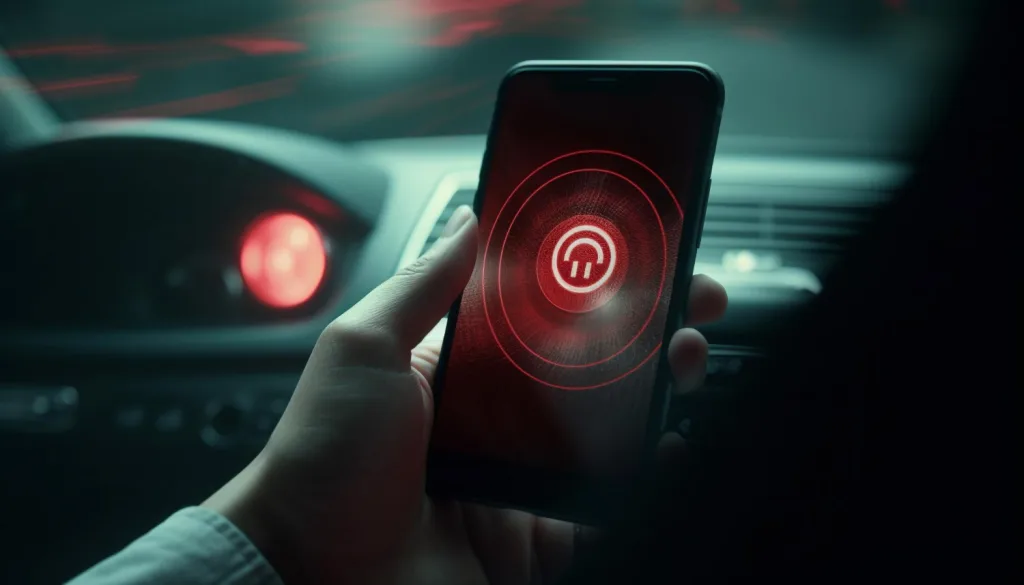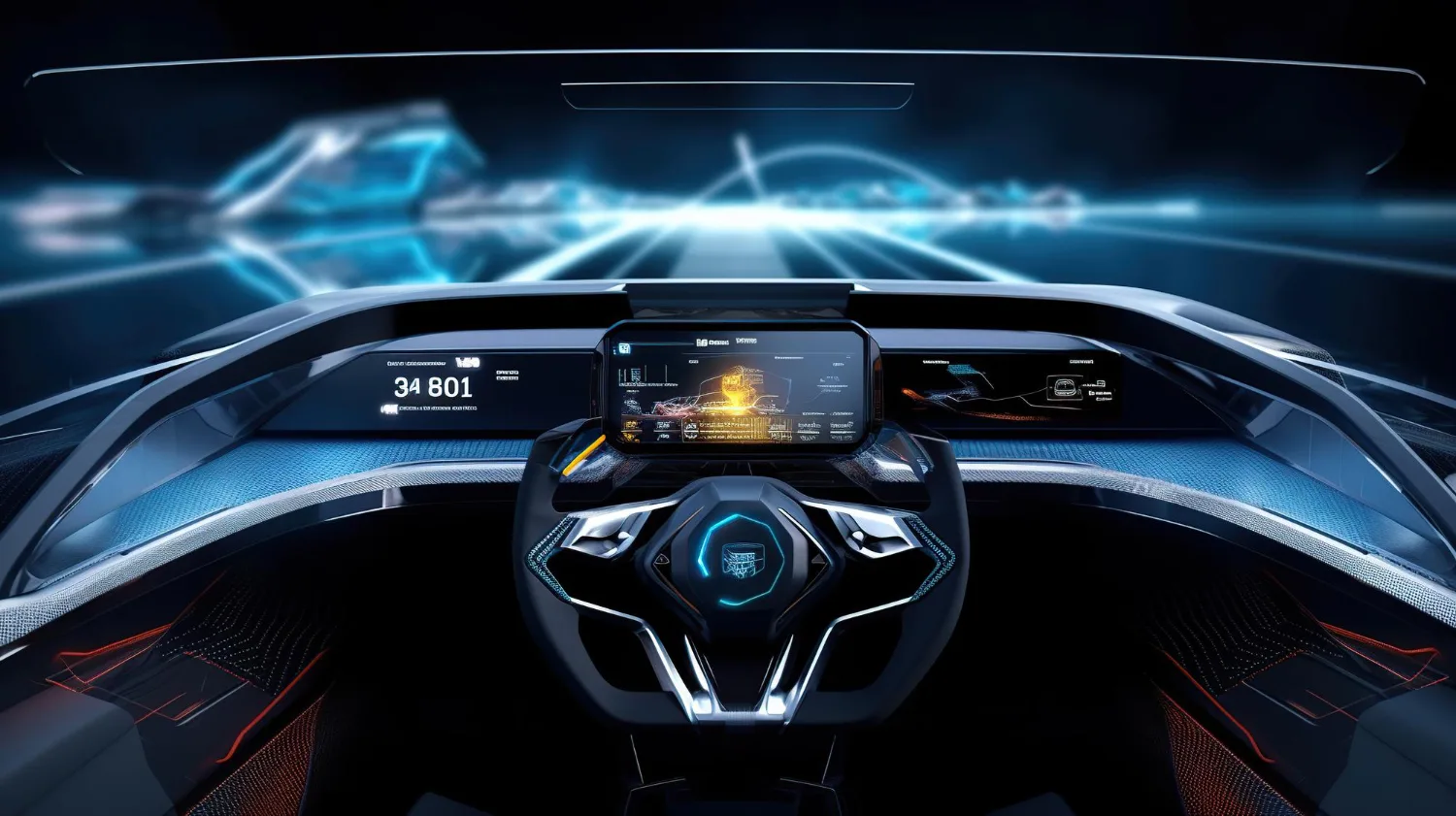Nobody can deny the vast importance of cybersecurity in our contemporary digital world where threats are growing more sophisticated each day. The realm of motor vehicles 🚗 is no exception.
With vehicles becoming increasingly reliant on technology, the crucial topic of cybersecurity gains precedence on our agenda. This is where the National Highway Traffic Safety Administration’s (NHTSA) proposed cybersecurity best practices come into play.
Understanding and applying these best practices can help safeguard a broad digital landscape and mitigate the risks associated with cybersecurity. This article aims to present NHTSA’s best practices, offering guidance to enhance your cybersecurity infrastructure.
Acknowledging the Cybersecurity Risks
As industries become more reliant on technology, so does the potential for cybersecurity threats increase.
This is particularly evident in the automotive industry, where modern vehicles, while benefiting from technological advancements, simultaneously expose themselves to potential security risks.
Let’s take an example of the 2015 cybersecurity recall when 1.4 million vehicles in the U.S. were affected. A breach allowed hackers to remotely control the engine, steering, and other safety-critical systems. Consequently, such incidents make it imperative to rigorously focus on vehicle cybersecurity.
Recognizing Threats
Recognizing threats is the initial step in proactively preventing potential cyber-attacks. Understanding that both wired and wireless connections can serve as entry points for attackers is crucial.
These gateways exist at different stages in the vehicle’s lifecycle, from production to road use to disposal.
Consider a scenario where an unidentified software vulnerability enables a hacker to access your vehicle’s entertainment system wirelessly. Once inside, they could exploit this vulnerability to manipulate steering and braking systems—an alarming prospect!

The Multi-Layered Approach
NHTSA recommends a multi-layered cybersecurity approach, concentrating on safeguarding vehicle entry points from potential cyber-attacks.
This strategy considers the diverse stages and interfaces a vehicle encounters, spanning from production to its time on the roads.
An example of this approach involves implementing rigorous user authentication at each interface and closely monitoring software updates, which can serve as a gateway for hackers. This multi-layered defense aims to decrease the probability of a successful attack.
A key element of the multi-layered approach is establishing cyber resilience, the capacity to endure and recover from cyber threats. It emphasizes swift recovery beyond creating a difficult-to-breach system.

Emphasize Collaboration and Awareness
All the learned precautions and actions will not be as effective if there is no stress on creating awareness about cybersecurity issues. Thus, part of NHTSA’s best practices is to emphasize collaboration and awareness within the industry.
Intelligence and Information-Sharing
Another crucial practice suggested by NHTSA is to promote effective intelligence and information sharing within the industry. Sharing knowledge about potential threats and mitigative steps can be a major aid in preventing cyber attacks on a larger scale.
A great instance of this was the creation of the Automotive ISAC, which promotes the sharing of cybersecurity threats and vulnerabilities related to motor vehicles among its members.
Collaborating companies can thus collectively prevent potential attacks and strengthen the overall automobile security landscape.
Conclusion
Thus, dealing with cybersecurity threats and managing the protective factors require a well-rounded, comprehensive, and inclusive approach.
NHTSA’s proposed Cybersecurity Best Practices offer a robust guide to managing and reducing risks associated with today’s technologically advanced vehicles, focusing on system protection, cyber resilience, and conscious efforts toward collaboration and sharing.
By acknowledging these risks and implementing the recommended best practices, organizations can better guard against cybersecurity threats, thus enabling a safer, secure digital motorscape.
Evolving threats need evolving measures, and our adherence to these best practices can dictate how well-secured our digitized vehicular future will be. 🔒🚀
- The Agentic Startup Manifesto - June 8, 2025
- Remote Hiring in 2025 - April 5, 2025
- Burnout in Remote Teams: How It’s Draining Your Profits - January 27, 2025
